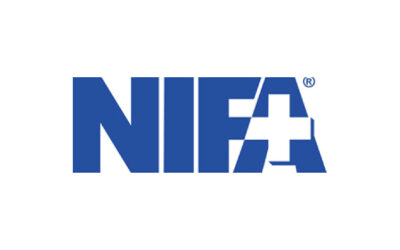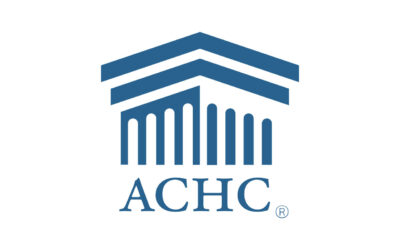By Jack Egnatinsky
You’ve seen all these terms used in the AAAHC Standards and probably noted a number of deficiencies scored in the Standards where they occur. What do AAAHC accreditation surveyors (like myself) mean by these terms and what do we look for? Since the Standards and Survey Process committee has not issued any guidelines, I am giving you my own approach as an active surveyor. I am not going to copy the Standards word for word here so you may want to pull out your AAAHC Accreditation Handbook and look at Standards 4.G, 6.I. 9-10, and 12.1.C.3 and 12.1.D.
Let’s start by looking at 6-I which has requirements for entries into a clinical record. Sub-standard 9 calls for “verification of contents by health care professionals,” and 10 calls for “signature of, or authentication by, the health care professional on the clinical record entry.”
So what do I look for? I take them together, see what your clinical records policies call for, and then look to see that entries are signed and dated. Inserting the time as well would be nice, but unless your policies call for this, it is not reason for a deficiency as I review your records. Many records contain an assortment of lab results – X-ray reports, EKGs and other test results. Presumably, if these reports are in the record, the attending physician and/or the anesthesiologist thought the underlying tests were important enough to obtain. Therefore, I look to see some sort of verification that these have been reviewed. Most often, verification is by initials or signatures of the admitting physician and often by those of the anesthesiologist, too. In others, I look to see that the anesthesiologist has addressed these in his/her pre-anesthesia assessment. Sometimes, we see a sheet with a note by the surgeon/proceduralist and/or the anesthesia provider that the outside test results have been reviewed.
Any of these methods are acceptable to me; but, on occasions, I don’t see any of the above. Which raises the question: If the tests are not important enough for the physicians to verify that they have reviewed them, then why are they including them in the clinical record?
Where the deficiencies often arise crosswalks to 4.G and 12.1.C.3 and 12.1.D. CLIA waived or other tests ordered on the day of surgery, and results from tests that come in on the day of surgery, are often incorporated into the completed records. While the nurses or techs may record these results in the nursing notes, or in some other designated location in the record, the Standards require that the results be distributed “to and reviewed by the ordering physician or another privileged provider.” Often this review is not documented. The same applies to test results received after the day of surgery such as culture reports and pathology reports. Remember, we generally review completed charts (by your definition of what is meant by “completed”) so these entries should be in there, and verification of review should be present.
I am often asked what is meant by “authentication” as it appears in 6.I.10. It’s a good question since authentication implies proving or documenting that something is genuine. As I interpret this on the surveys I perform, the term “authentication” applies to reports coming from sources outside of the center. I am not expecting your center or the physicians to authenticate that what is done in the lab, X-ray unit, etc. is as represented in the report. However, I do expect that that you or the physicians have reviewed the report; and if there is a question about its authenticity this can be looked at further.
I hope this helps you understand what your surveyors are likely to look for and if you disagree with their findings, please make that known and explain your reasoning while they are still on-site. Once the report is sent in for staff processing, it cannot be changed. Your best opportunity to have a term or a decision explained, or to challenge a finding, is during the survey while you are having a face-to-face conversation.
Dr. Jack Egnatinsky is an anesthesiologist with extensive experience in the ambulatory surgery arena, both HOPD and ASC. He is a Past President of the Board of FASA, a predecessor to the ASC Association, and Past President of AAAHC. He is also on the board of the Accreditation Association for Hospital and Health Systems (AAHHS) and is a representative of Acreditas Global, the international arm of AAAHC. He remains extremely active as a Medical Director for AAAHC, in addition to being an AAAHC accreditation surveyor, in the U.S. and internationally.








